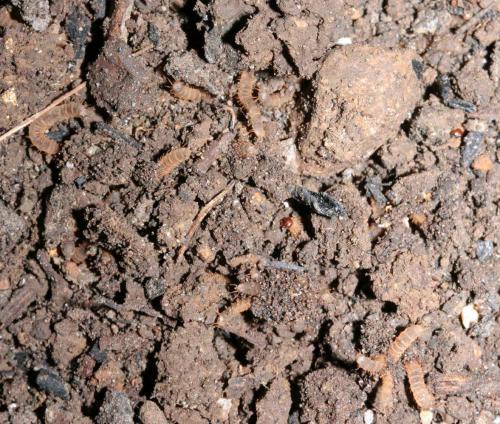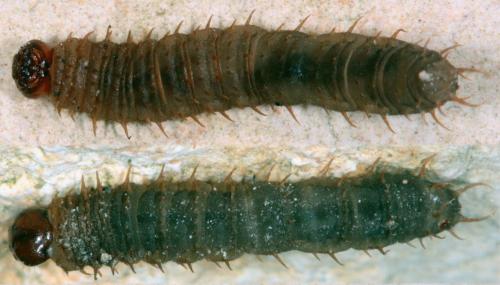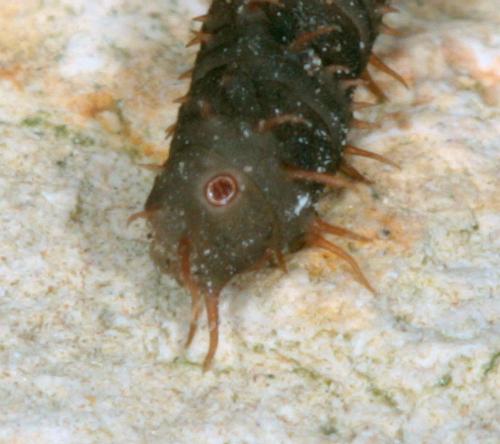Diptera.info :: Identification queries :: Diptera (eggs, larvae, pupae)
|
Bibionidae ?
|
|
| pierred |
Posted on 09-09-2011 20:28
|
|
Member Location: Paris (France) Posts: 1484 Joined: 21.04.05 |
On our French forum, we got those pictures : Jérémie Lemarié : France : Sainte Radégonde des noyers : 85450 : 02/09/2011 Altitude : 0-7 m - Taille : 9 mm mesuré Réf. : 76616  Jérémie Lemarié : France : Sainte Radégonde des noyers : 85450 : 03/09/2011 Altitude : 0-7 m - Taille : 9 mm mesuré Réf. : 76617  Jérémie Lemarié : France : Sainte Radégonde des noyers : 85450 : 03/09/2011 Altitude : 0-7 m - Taille : 9 mm mesuré Réf. : 76839 Does somebody have an idea ? Thanks in advance. Pierre Duhem |
|
|
|
| John Carr |
Posted on 09-09-2011 20:56
|
|
Super Administrator Location: Colorado, USA Posts: 10537 Joined: 22.10.10 |
In temperate North America the three common genera of Bibionidae are distinguished by the number of openings in the posterior spiracle: 1: Penthetria 2: Bibio 3: Dilophus I think your larva has 2. Edited by John Carr on 09-09-2011 20:56 |
| atylotus |
Posted on 10-09-2011 09:53
|
|
Member Location: Amsterdam, NL Posts: 1166 Joined: 29.05.09 |
I agree with John, and this is also true for Europe. I can add that Penthetria is more a species of wet earth along brooks and resembles the Cylindrotomatidae species Phalacrocera replicata in habitus. Bibio and Dilophus are (in general) species of dryer earth. You may identify the species using the key in Skartveit (2004) (see no. 17 in http://www.entomo...tabell.htm) or download directly http://www.entomo...ler_17.pdf. It is in the norwegian language, but nowadays you have good internet translators. |
|
|
|
| pierred |
Posted on 11-09-2011 07:25
|
|
Member Location: Paris (France) Posts: 1484 Joined: 21.04.05 |
Thanks to both of you.
Pierre Duhem |
|
|
|
| Jump to Forum: |













